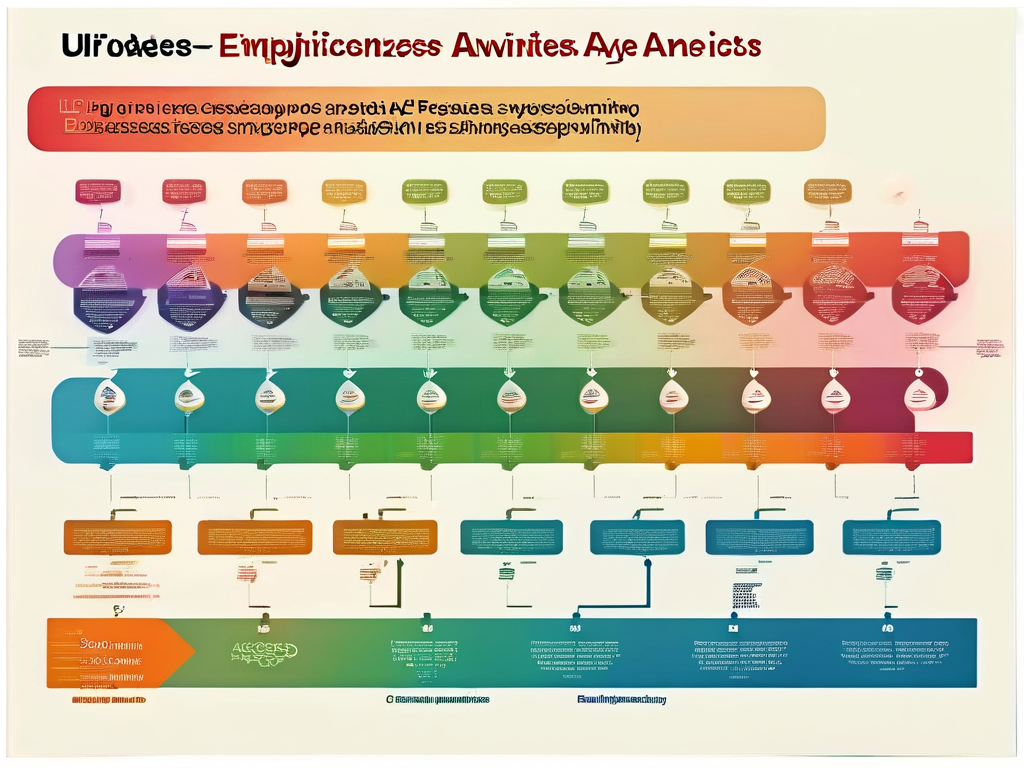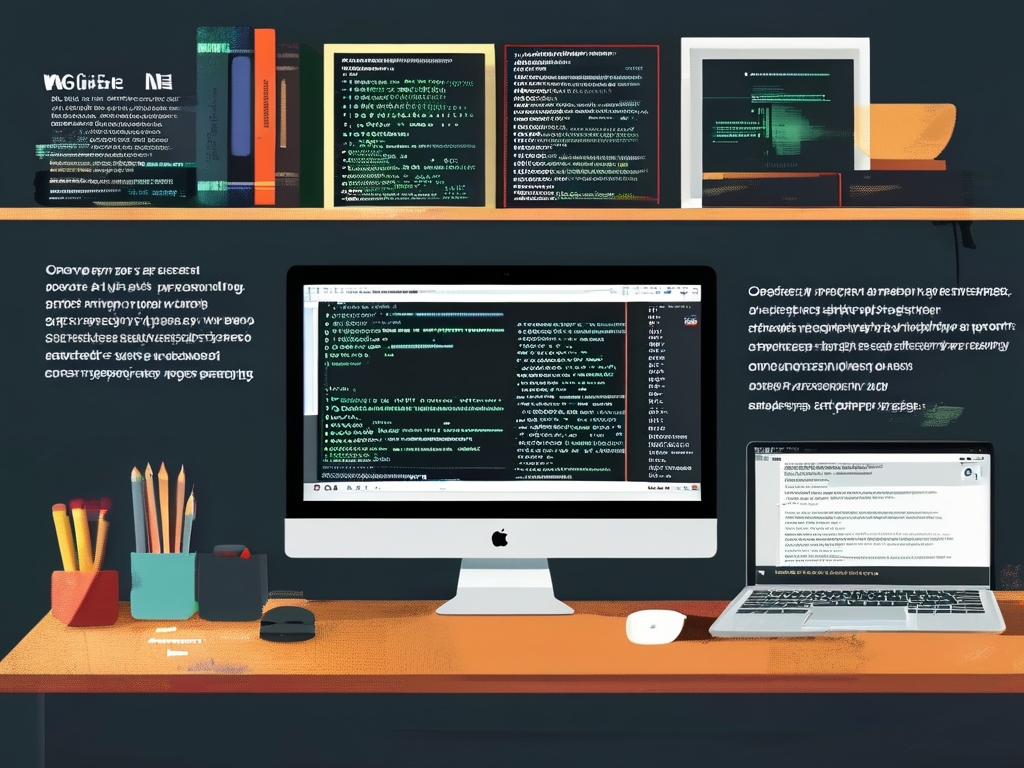The process of transforming human-readable programming code into machine-executable instructions involves multiple sophisticated phases. This article explores the fundamental steps modern compilers use to bridge the gap between high-level logic and hardware operations, with practical examples to illustrate technical implementations.

1. Lexical Analysis
The compiler's first task is lexical analysis, where source code is scanned character-by-character to generate tokens. These tokens represent basic language elements like identifiers, keywords, and operators. For instance, in the statement int x = 42;, a lexical analyzer identifies int as a keyword, x as an identifier, = as an operator, and 42 as a numeric literal.
Modern tools like Flex use regular expressions to define token patterns. Below is a simplified lexical rule for recognizing integers:
[0-9]+ { return INTEGER; }
This phase filters out whitespace and comments, ensuring only meaningful tokens proceed to subsequent stages.
2. Syntax Analysis
Syntax analysis (parsing) organizes tokens into hierarchical structures called abstract syntax trees (ASTs). Using formal grammar rules, parsers validate code structure. For example, an assignment statement must follow the pattern <identifier> = <expression>;.
Tools like Bison or ANTLR generate parsers based on context-free grammars. A sample grammar rule for arithmetic expressions might look like:
expr : expr '+' term
| term
;
Syntax errors like mismatched parentheses are detected here, providing developers with precise location feedback.
3. Semantic Analysis
This phase verifies contextual correctness beyond syntax. Type checking is a critical task—ensuring variables aren’t assigned incompatible values. For example, assigning a string to an integer variable triggers semantic errors.
Symbol tables track variable declarations and scope hierarchies. Consider nested functions:
void outer() {
int x;
void inner() {
x = 10; // Valid access
int y = "text"; // Type error
}
}
The compiler flags the string-to-integer assignment while permitting legitimate variable access.
4. Intermediate Code Generation
Compilers often generate platform-independent intermediate code like three-address code or LLVM IR. This representation simplifies optimizations and enables retargeting to multiple architectures. For the expression a = b + c * 2, intermediate code might be:
%1 = mul i32 %c, 2 %2 = add i32 %b, %1 store i32 %2, i32* %a
This stage decouples frontend and backend development, allowing language designers and hardware engineers to work independently.
5. Code Optimization
Optimizers enhance intermediate code for performance or size. Common techniques include:
- Constant folding:
x = 5 * 3becomesx = 15 - Dead code elimination
- Loop unrolling
Advanced compilers employ data-flow analysis for register allocation and instruction scheduling. For example, rearranging arithmetic operations to minimize pipeline stalls in CPUs.
6. Target Code Generation
The backend translates optimized intermediate code into machine-specific assembly. This involves:
- Selecting appropriate CPU instructions
- Managing hardware registers
- Handling calling conventions
Consider generating x86 assembly for a = b + c:
mov eax, [b] add eax, [c] mov [a], eax
Retargetable compilers like GCC maintain separate code generators for different architectures.
7. Linking and Relocation
Finally, the linker combines multiple object files and libraries into an executable. It resolves external references—for instance, connecting a printf call in user code to the C library implementation. Modern systems use dynamic linking to share common libraries across applications.
Practical Considerations
Real-world compilers integrate additional layers:
- Preprocessing for macro expansion
- Just-In-Time (JIT) compilation in runtime environments
- Parallel compilation for large codebases
Debugging information generation (DWARF format) and profile-guided optimizations further enhance developer experience and runtime efficiency.
Compiler design balances theoretical rigor with engineering pragmatism. From lexical scanning to machine code emission, each phase contributes uniquely to transforming abstract algorithms into efficient executables. As programming paradigms evolve, compilers adapt—incorporating features for GPU offloading, security hardening, and energy-aware optimizations. Understanding these stages empowers developers to write compiler-friendly code and diagnose translation issues effectively.



